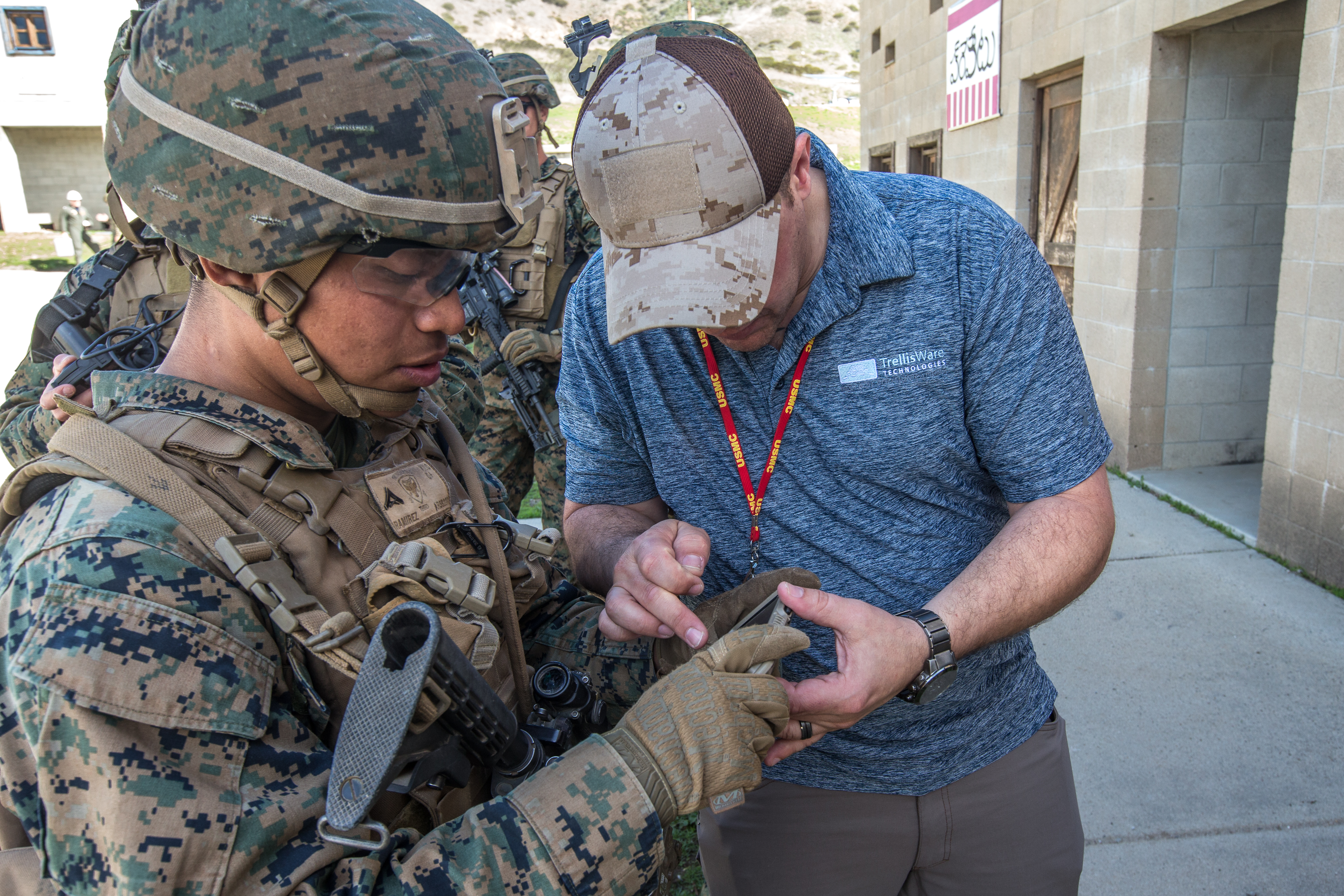
The Navy – looking for flexibility when dealing with small, high-tech companies – is creating a “sandbox” to vet work from both the companies and the service, according to a Navy official.
The goal is to prevent promising advances from falling into the “valley of death” and never making the budget of record, Joan Johnson, deputy assistant secretary of the Navy for research development, test and engineering, told Congress on Thursday.
Testifying in front of the House Armed Services cyber, innovative technologies and information systems subcommittee, Johnson pointed to NavalX as another important way to provide a tech bridge “with non-traditional partners.” The collaboration takes place away from a military installation in an environment the company is more comfortable with.
The idea is to keep pace with technology developments in small companies that show promise, but are often stifled by the Defense Department’s years-long acquisition process, creating “a valley of death” before the advance can be listed as a program of record.
She added that the NavalX program has “somewhat similar goals” to the Pentagon’s now five-year-old Defense Innovation Unit.
Barbara McQuiston, acting under secretary of defense for research and engineering, said DIU and an innovation steering group are examining what projects have succeeded, which ones failed, and what showed promise for the future. The goal is “to close the gaps” in meeting warfighter requirements.
She said the department could use “a tailored approach for acquiring software” that would allow rapid introduction. But for weapons like hypersonics, the approach would have to be “very different,” requiring a longer testing and evaluation process to proceed, McQuiston said.
“We need a culture of innovation [inside the Pentagon}. It’s time, time, time to keep track of” promising ideas and projects, “so those companies don’t fall into the valley of death,” she said.
Rep. Jim Banks (R-Ind.), the panel’s ranking member and the co-chair of the Future of Defense Task Force, said “this mission [adapting new technologies in defense systems] cannot wait.” He added that “the battlefield now spans boundaries and time.”
After Banks mentioned advances in artificial intelligence, hypersonics, and biotechnology made by competitors, McQuiston said China “is the pacing challenge” for DoD.
She added, “innovation will be our asymmetric advantage” against any competitor, but “the investment must come now in science and technology and talent.”
“Buying power has effectively shrunk” in science and technology with stagnant budget requests, according to Rep. Jim Langevin (D-R.I.), the panel’s chair. “Silicon Valley got its name from government-funded research,” but that link weakened over time. He added that the future for science and technology funding is still unknown, as Congress awaits the arrival of the president’s budget at the end of the month.
In hunting for new talent, McQuiston said, “we’re looking for the best and brightest” from all disciplines. Emphasizing “all” disciplines, she included the social sciences in the discussion with science, technology, engineering and mathematics.
“Great power competition is also a race for talent,” Langevin said. Several times during the hearing, he reminded the witnesses the importance the subcommittee places on recruiting and retaining a more diverse work force in these technological fields.
He added that the effect over time of flat funding and discouraging innovation in the department or working with tech companies means the United States’ “competitive advantage [in high technology] is no longer guaranteed.”
Langevin noted that it can take 20 to 30 years before science and technology advances are translated into goods or systems for the armed forces or civilian society, but the investments need to be made now. He and McQuiston praised the Defense Advanced Research Projects Agency (DARPA) for welcoming innovation.
When asked whether the next National Defense Strategy should include a technology annex, McQuiston said, “we need to move ahead on that very quickly.” She also endorsed the creation of the position of the “chief science and technology officer” inside the Pentagon.





